Results
-
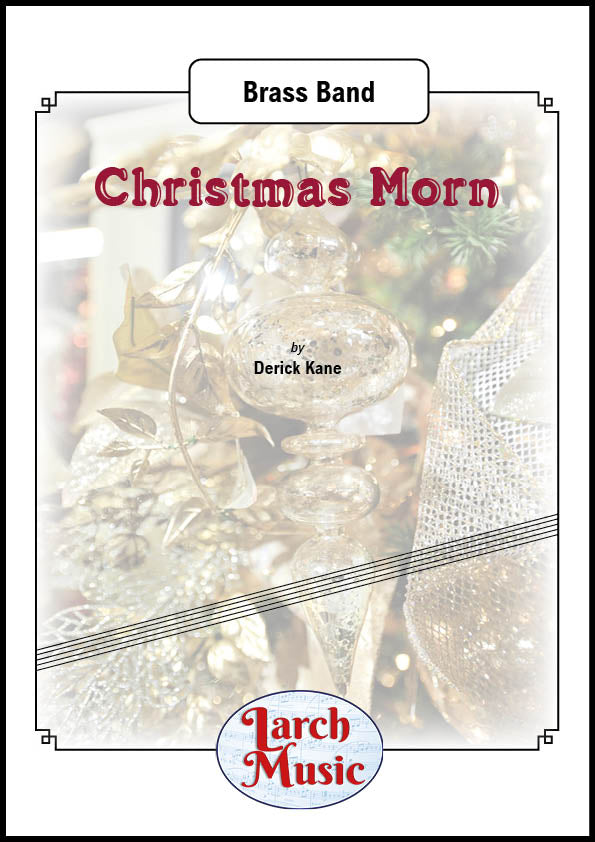 £25.00
£25.00Christmas Morn - Brass Band - LM825
COMPOSER: VariousARRANGER: Derick KaneSomething new for your band this Christmas from the pen of Derick KaneA collection of Christmas tunes skilfully woven together into a wonderful festive medley
In Stock: Estimated dispatch 3-5 working days
-
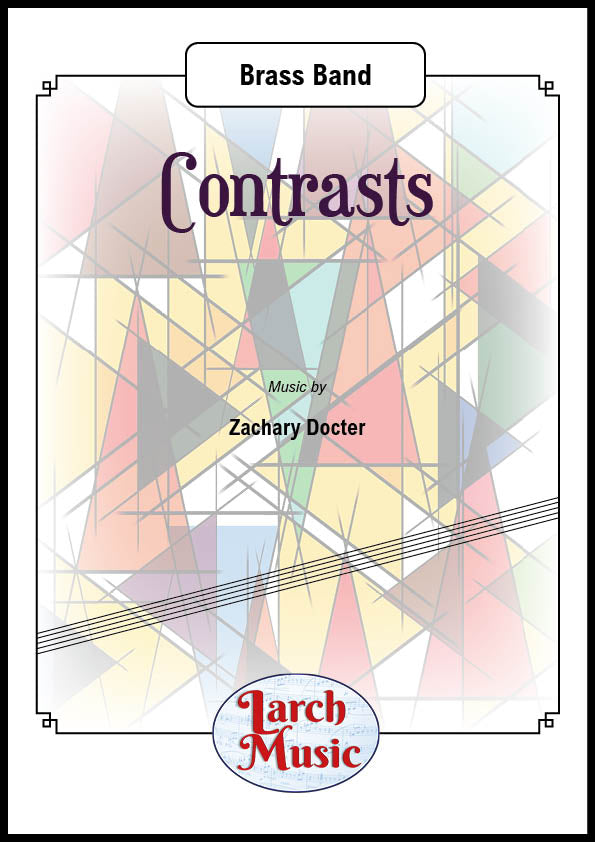 £55.00
£55.00Contrasts - Brass Band Sheet Music Full Score & Parts - LM354
COMPOSER: Zachary DocterISMN : 9790570003549A new and exciting work for brass band from the pen of Zachary DocterA vibrant and at times dramatic work for all brass band instrumentalists including percussion.Atmosphere, suspension & life all appear with this great 8 minute original work.Take a listen and make the judgement yourself(c. 8mins)
In Stock: Estimated dispatch 3-5 working days
-
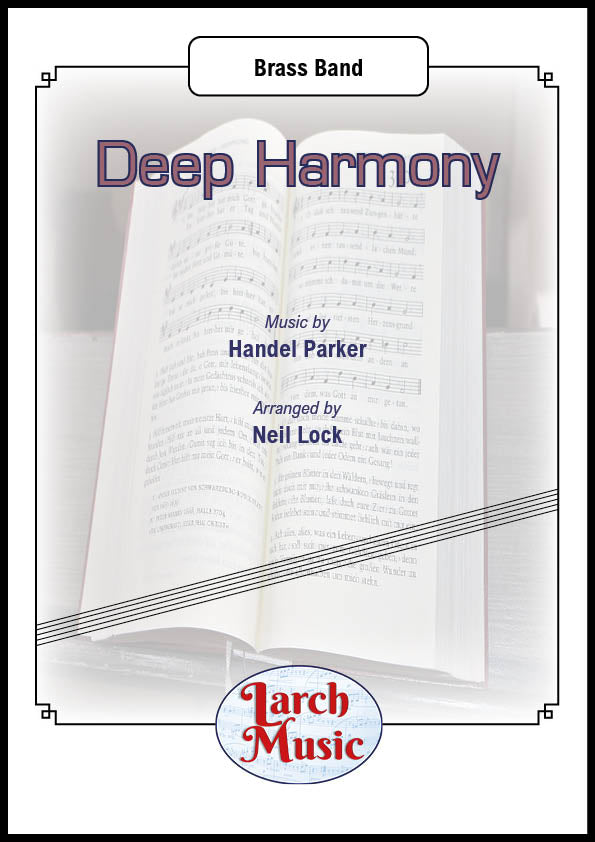 £25.00
£25.00Deep Harmony (Handel Parker arr. by Neil Lock) - Brass Band Sheet Music Full Score & Parts - LM670 - Handel Parker - Neil Lock
COMPOSER: Handel ParkerARRANGER: Neil LockThe popular hymn tune by Handel Parker treated to a new 3 verse brass band arrangementSuitable for most bandsLM671 - ISMN : 9790570006700
In Stock: Estimated dispatch 3-5 working days
-
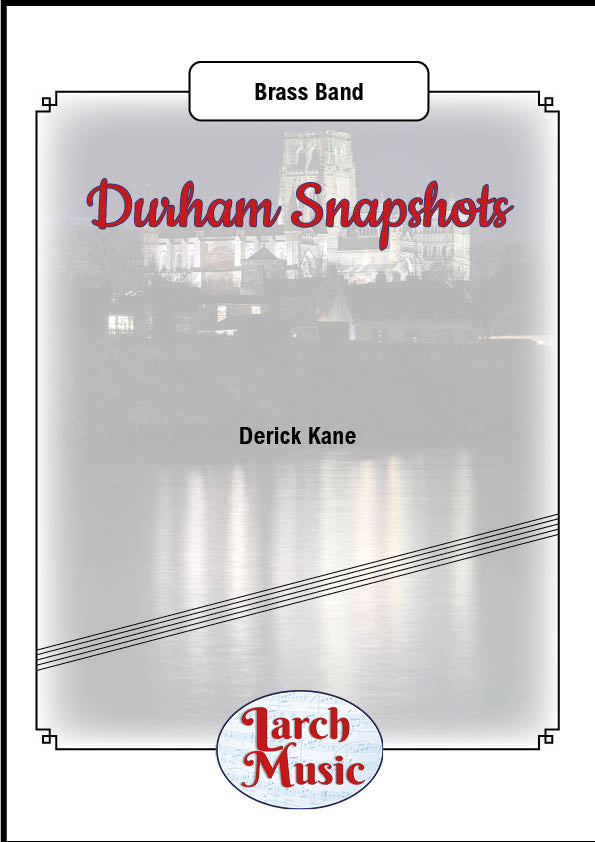 £65.00
£65.00Durham Snapshots - Brass Band - LM227
COMPOSER:Derick KaneDurham SnapshotsNew from the pen of renowned euphonium star, Derick Kane, an exciting composition written after a visit to the City of DurhamThis four movement work reflects the sights, sounds and history of the city of DurhamJ.B. Dykes hymn "St Cuthbert' is heard in movement 1 & reprised in the finale, as well as Ralph Vaughan Williams hymn 'Sine Nomine' in movement 31 - Cathedral2 - Riverside Walk 3 - Hymn to The Saints4 - CastleEnter the Cathedral and hear the glorious sounds of the open space and service.A Riverside Walk along the banks of the River Wear watching and listening to the wild life and running water.Hymn to The Saints with glorious harmonies soar through the air.And finally a trip to the castle where you can imagine battles and scourages taking place in this ancient building.One for your next concert to please the audience, and player, alike.
In Stock: Estimated dispatch 3-5 working days
-
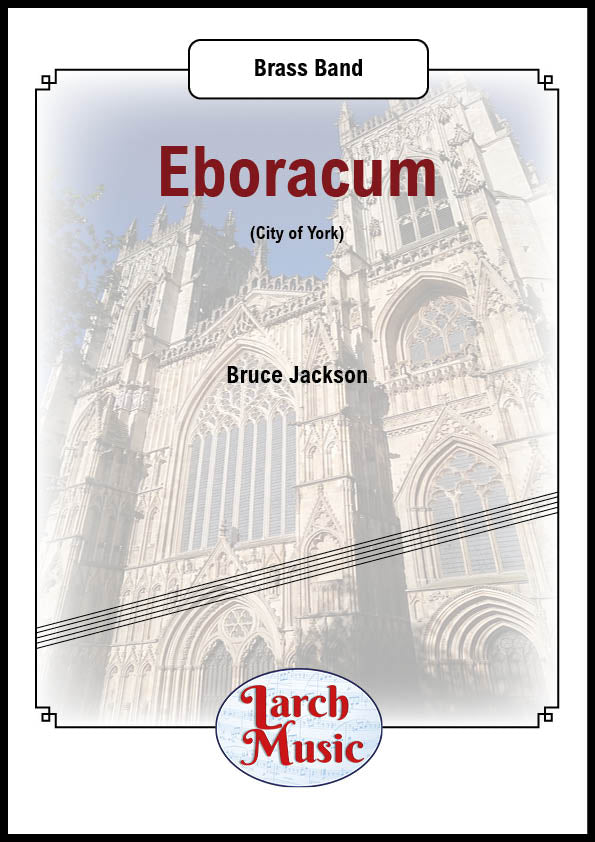 £25.00
£25.00Eboracum (Bruce Jackson) - Brass Band Sheet Music Full Score & Parts - LM426
COMPOSER: Bruce JacksonBrass Band Sheet Music Full Score & PartsA brand new march for brass bandEboracum was a fort and later a city in theRoman province of Britannia. In its prime it was thelargest town in northern Britain and a provincial capital.The site remained occupied after the decline of theWestern Roman Empire and ultimately developed into thepresent-day city of York, in North Yorkshire, England.Two Roman emperors died in Eboracum:Septimius Severus in 211 ADandConstantius Chlorusin 306AD.LM426 - ISMN : 9790570004263
In Stock: Estimated dispatch 3-5 working days
-
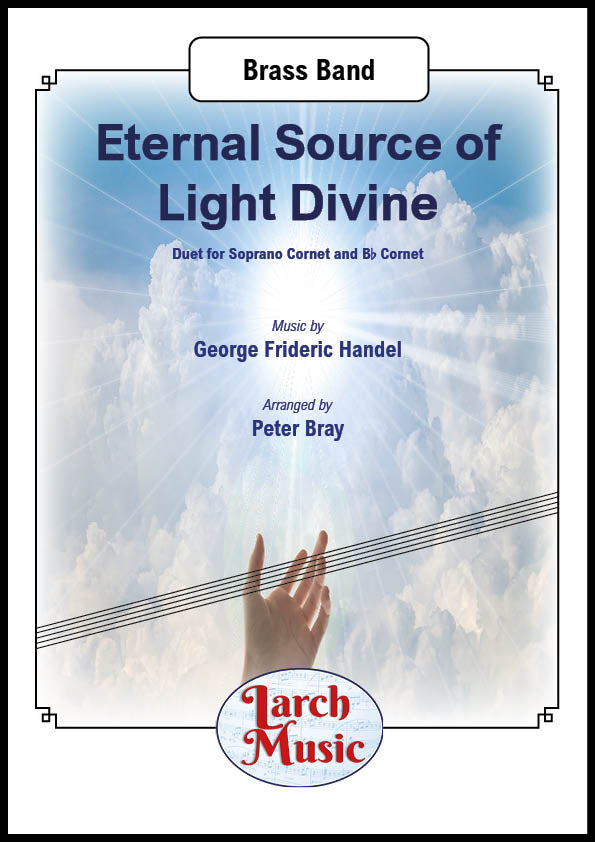 £30.00
£30.00Eternal Source of Light Divine - Duet (Soprano Cornet & Bb Cornet) with Brass Band Full Score & Parts - LM548
COMPOSER: George Frideric HandelARRANGER: Peter BrayThe cantata celebratesQueen Anne'sbirthday, and the accomplishment of theTreaty of Utrecht(negotiated by theToryministry of Anne in 1712) to end theWar of the Spanish Succession. It was scored for 3 solo voices, choir and chamber orchestra.Queen Anne was said by the Duke of Manchester to be "too careless or too busy to listen to her own band, and had no thought of hearing and paying new players however great their genius or vast their skill."Nevertheless, and whether or not she ever heard this ode for her birthday, she granted Handel a "pension" (subsidy for living expenses) of two hundred pounds a year, for lifeHere is the delightful arrangement for Soprano Cornet and Bb Cornet with Brass Band Accompaniment
In Stock: Estimated dispatch 3-5 working days
-
 £30.00
£30.00Forres Cradle Song - Bb Soloist & Brass Band - JHM001
COMPOSER: James Scott SkinnerARRANGER: Judith HayesA great new arrangement from Judith Hayes featuring Bb Soloist
In Stock: Estimated dispatch 3-5 working days
-
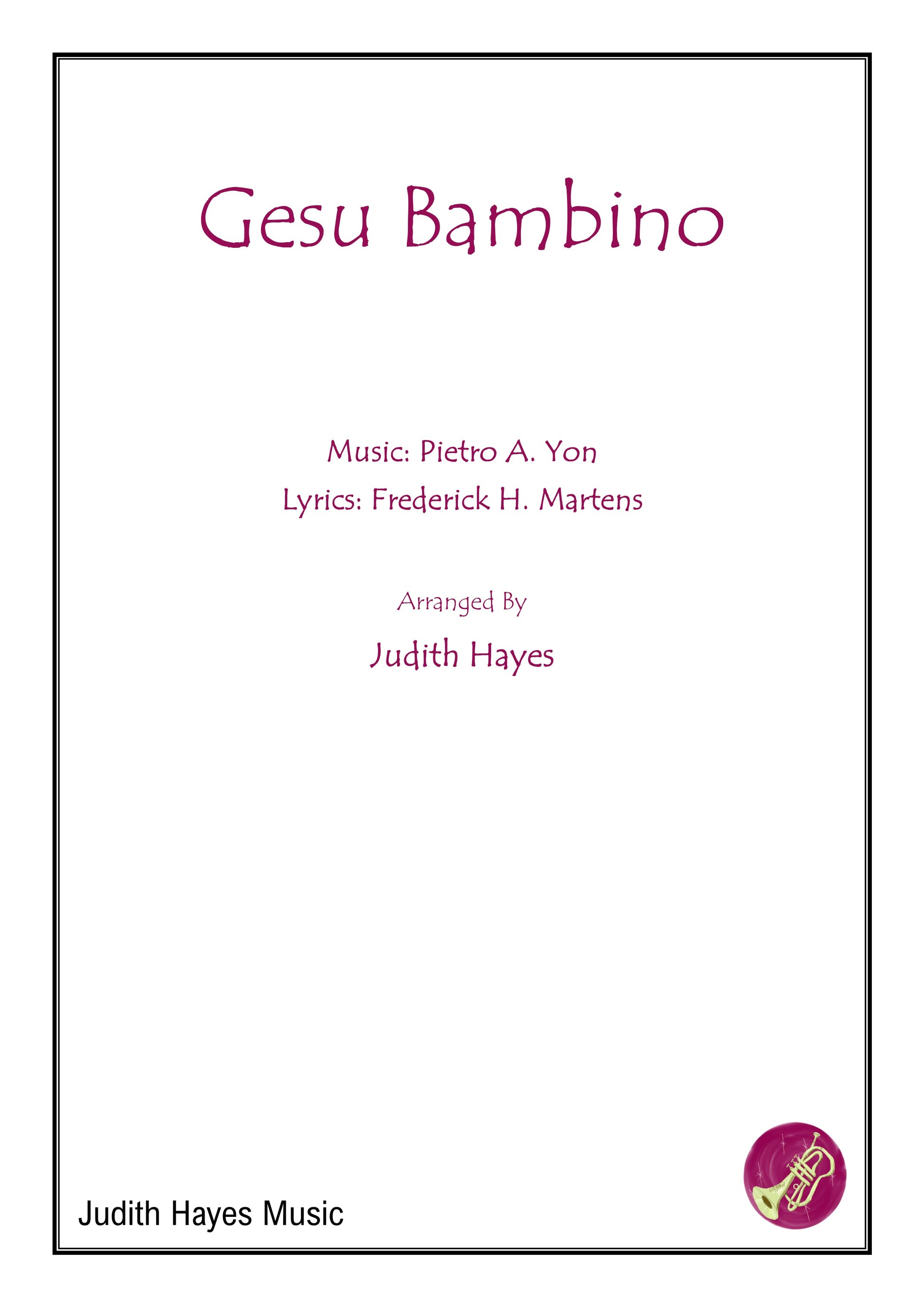 £30.00
£30.00Gesu Bambino - Brass Band - JHM006
COMPOSER:Music: Pietro A. Yon ~ Lyrics: Frederick H. MartensARRANGER: Judith HayesA great new arrangement from Judith Hayes for your Christmas concert
In Stock: Estimated dispatch 3-5 working days
-
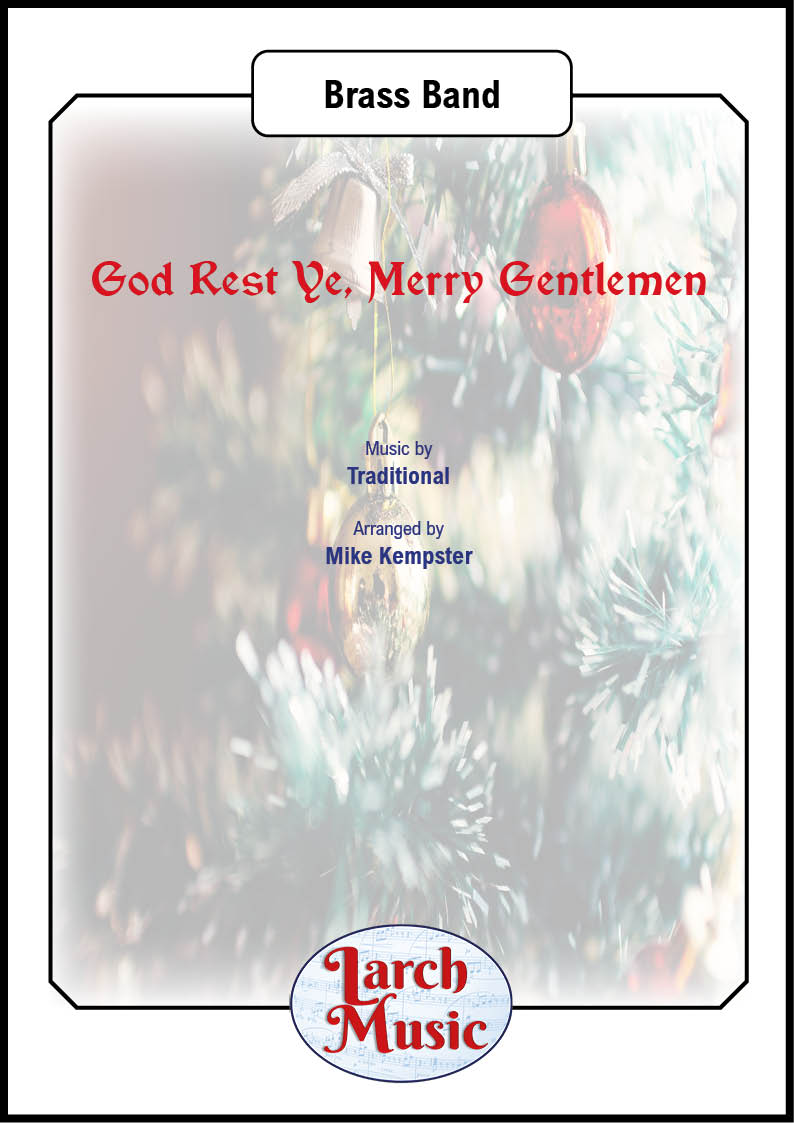 £25.00
£25.00God Rest Ye, Merry Gentlemen - Brass Band - LM157
COMPOSER: TraditionalARRANGER: Mike KempsterSomething new for your band this Christmas from the pen of Mike KempsterA light swing arrangement of this classic Christmas tune.
In Stock: Estimated dispatch 3-5 working days
-
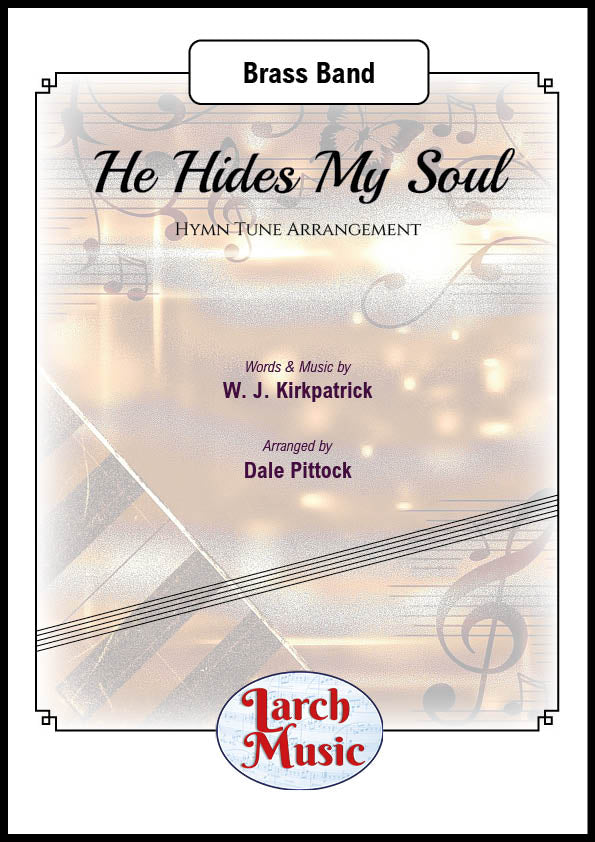 £30.00
£30.00He Hides My Soul - Brass Band Sheet Music Full Score & Parts - LM503
COMPOSER: W. J. KirkpatrickARRANGER: Dale PittockA wonderful new take on the Hymn Tune.LM503 - ISMN :9790570005031
In Stock: Estimated dispatch 3-5 working days










